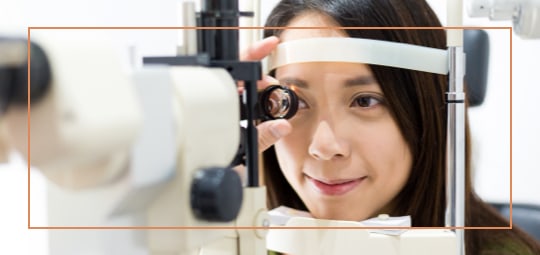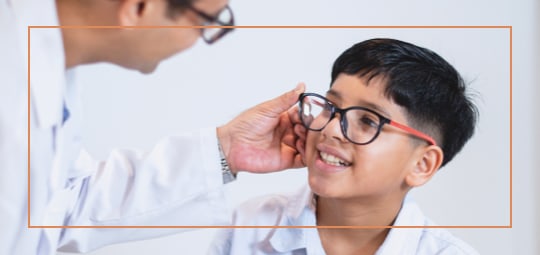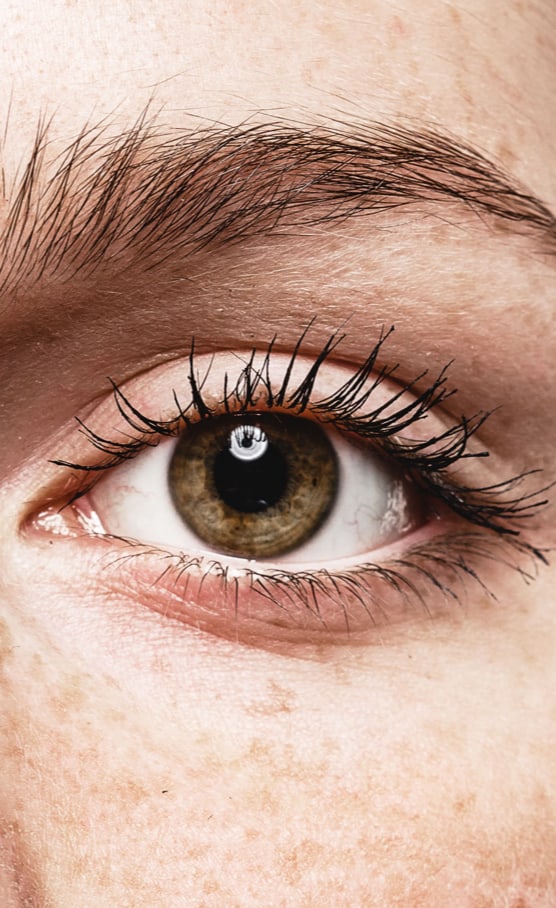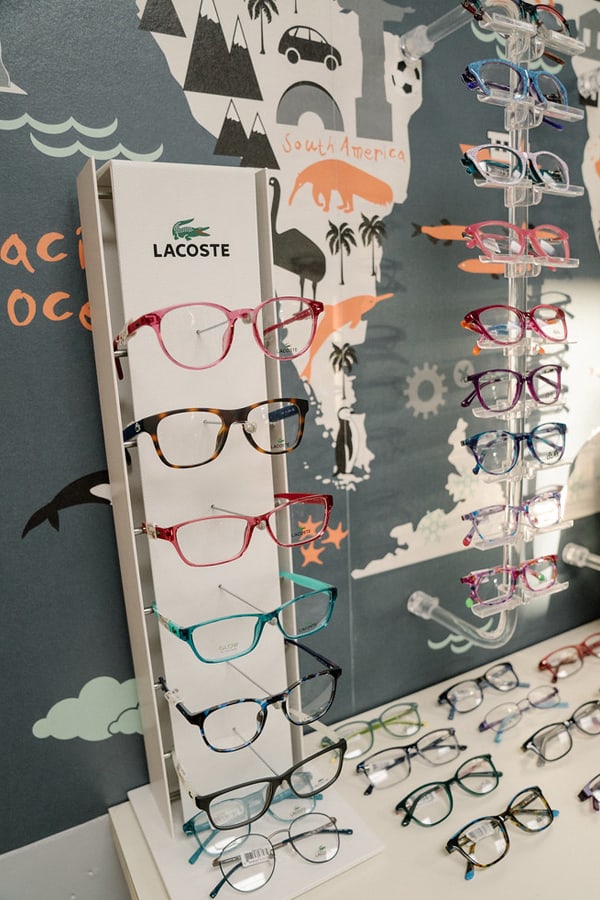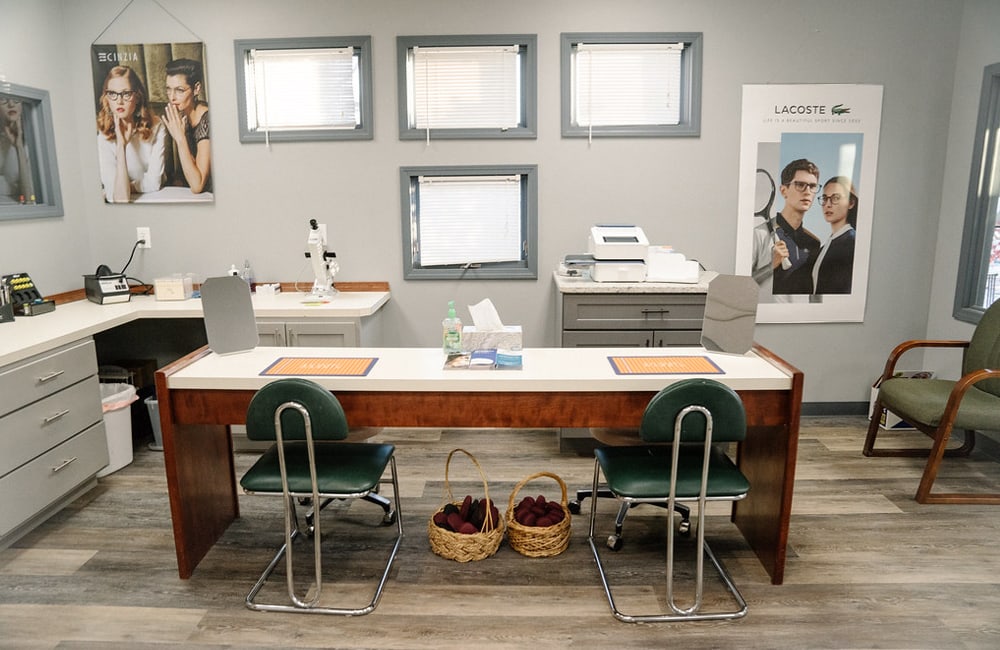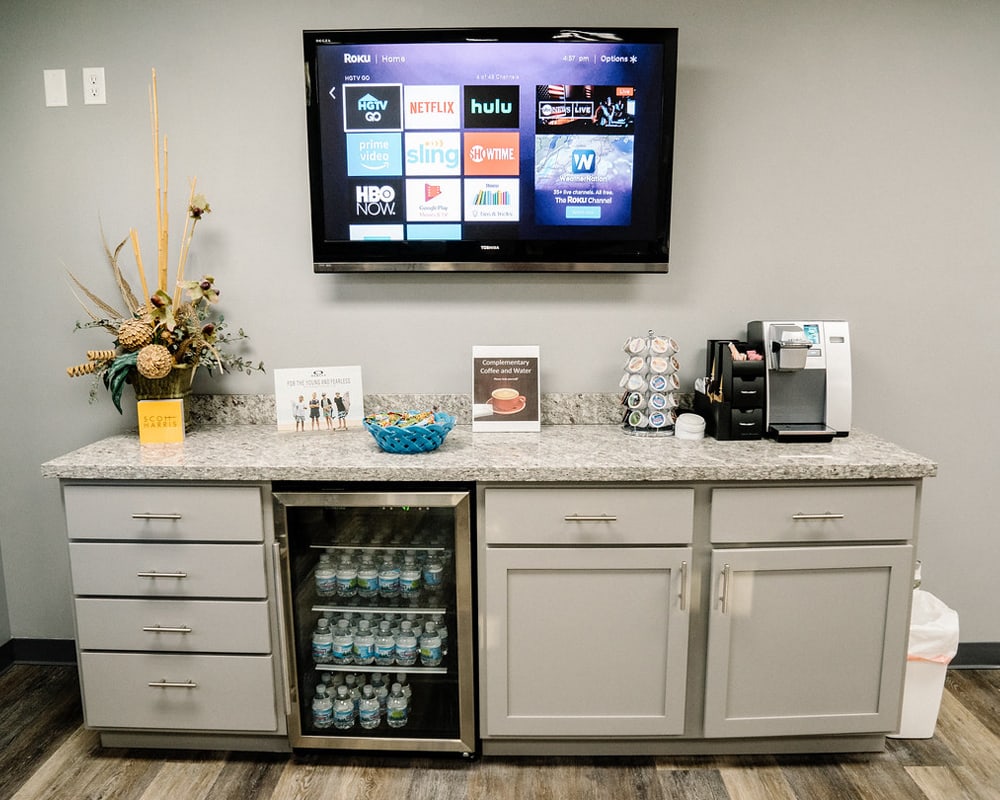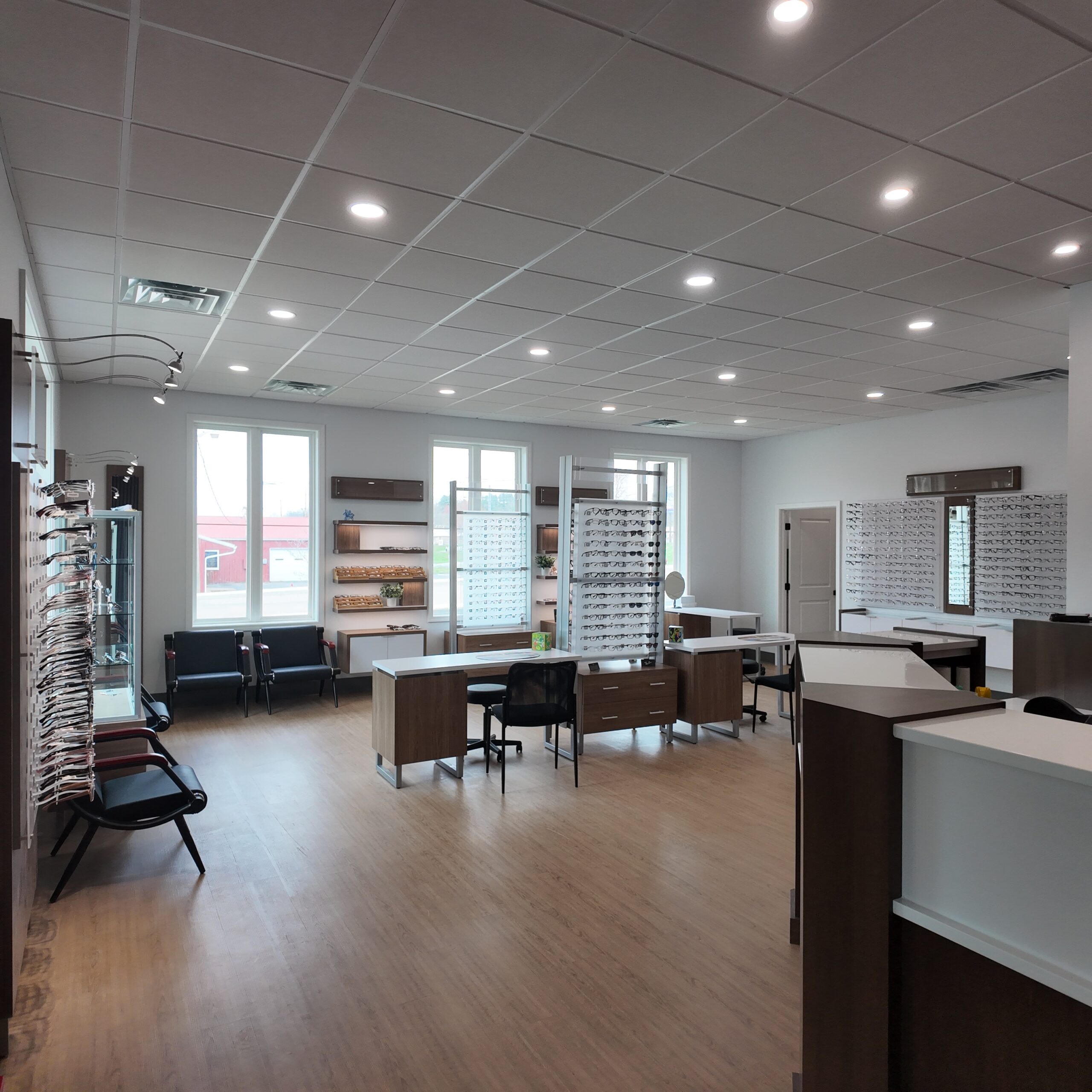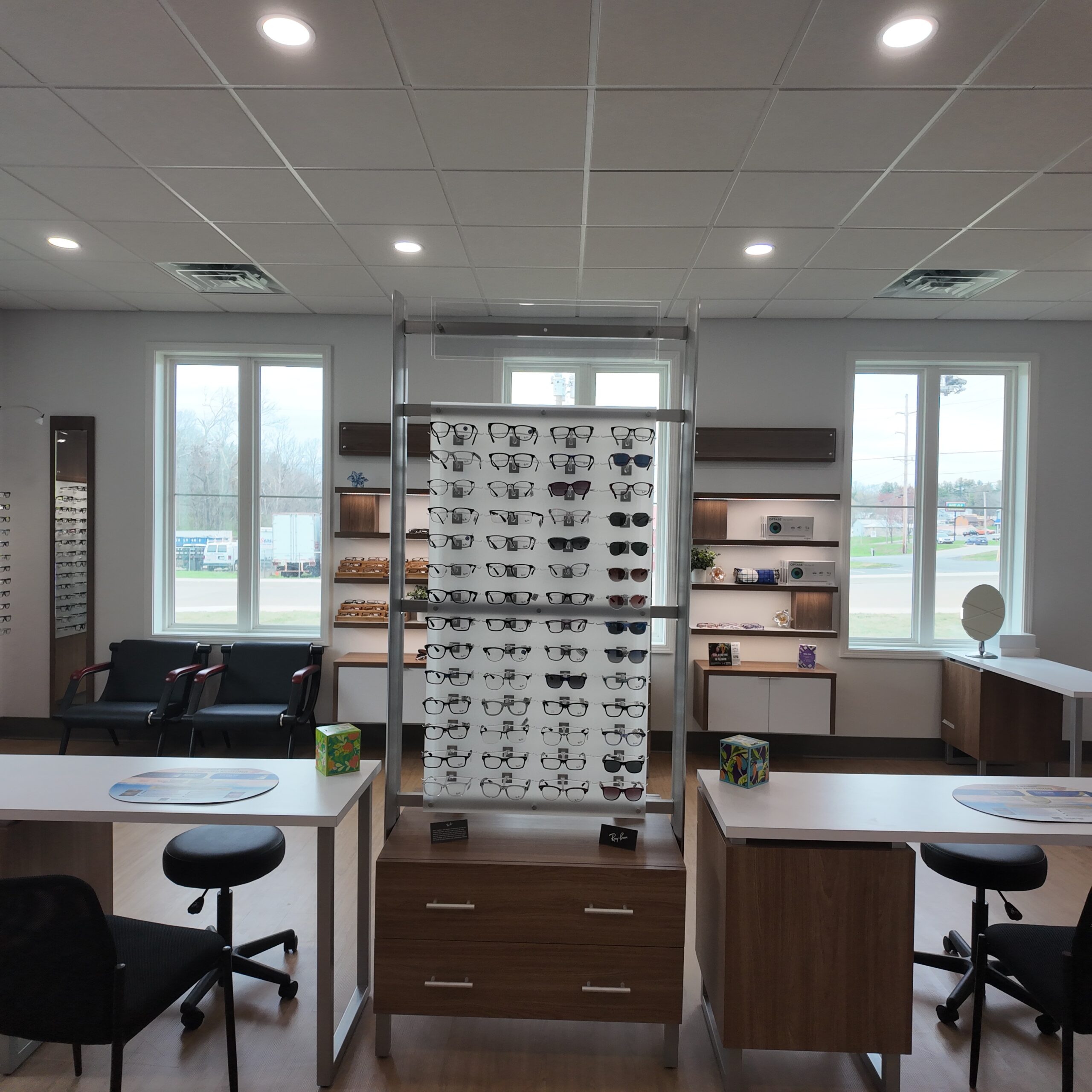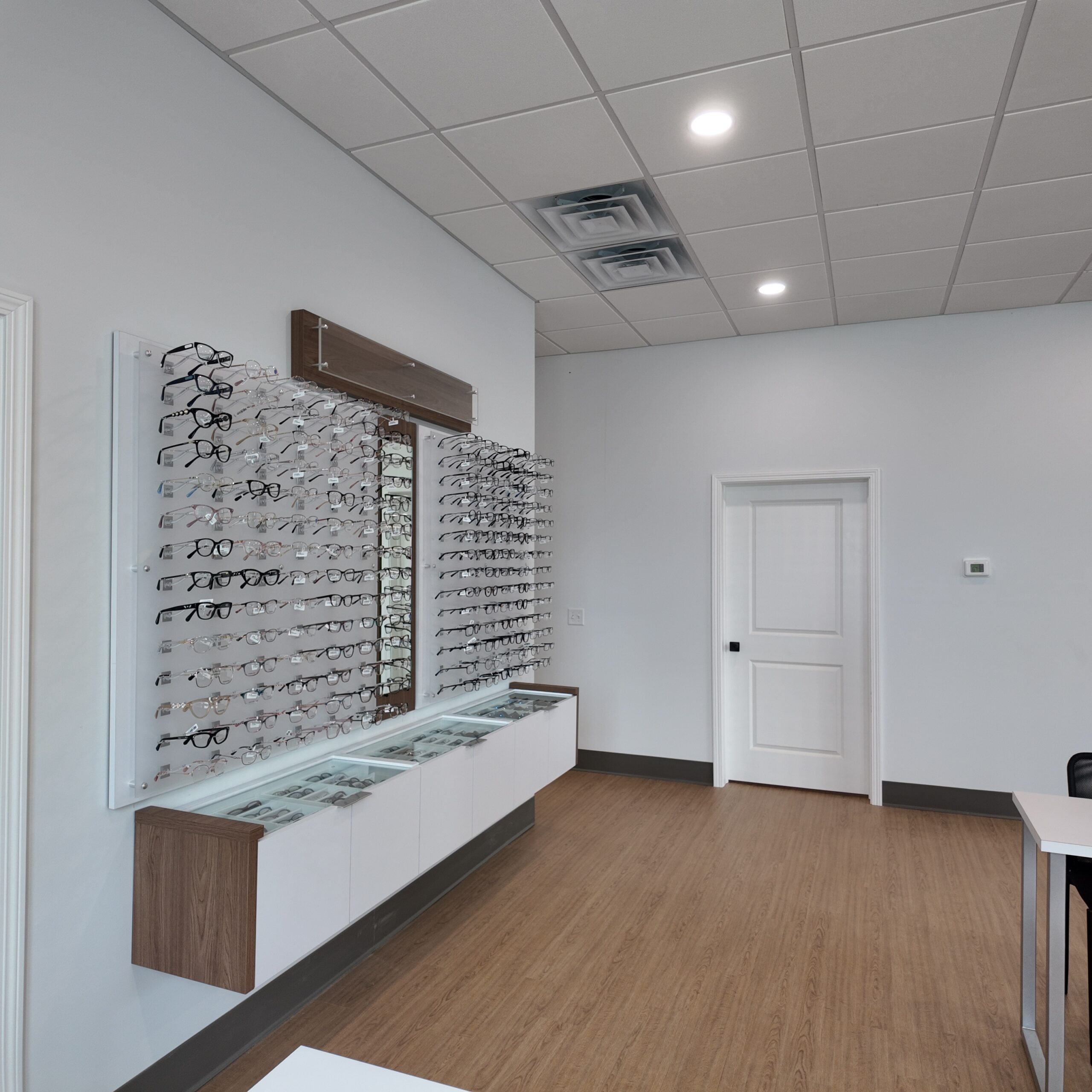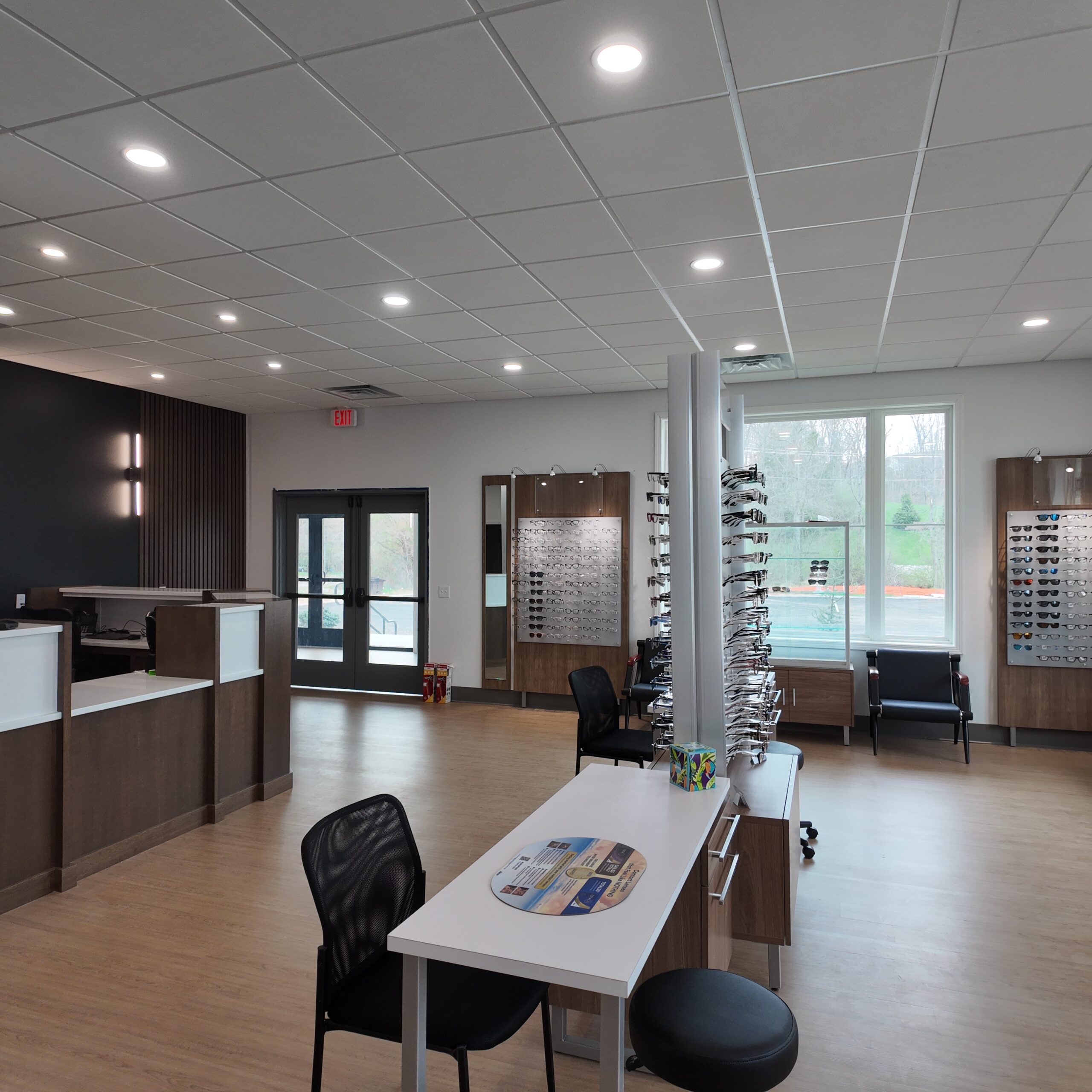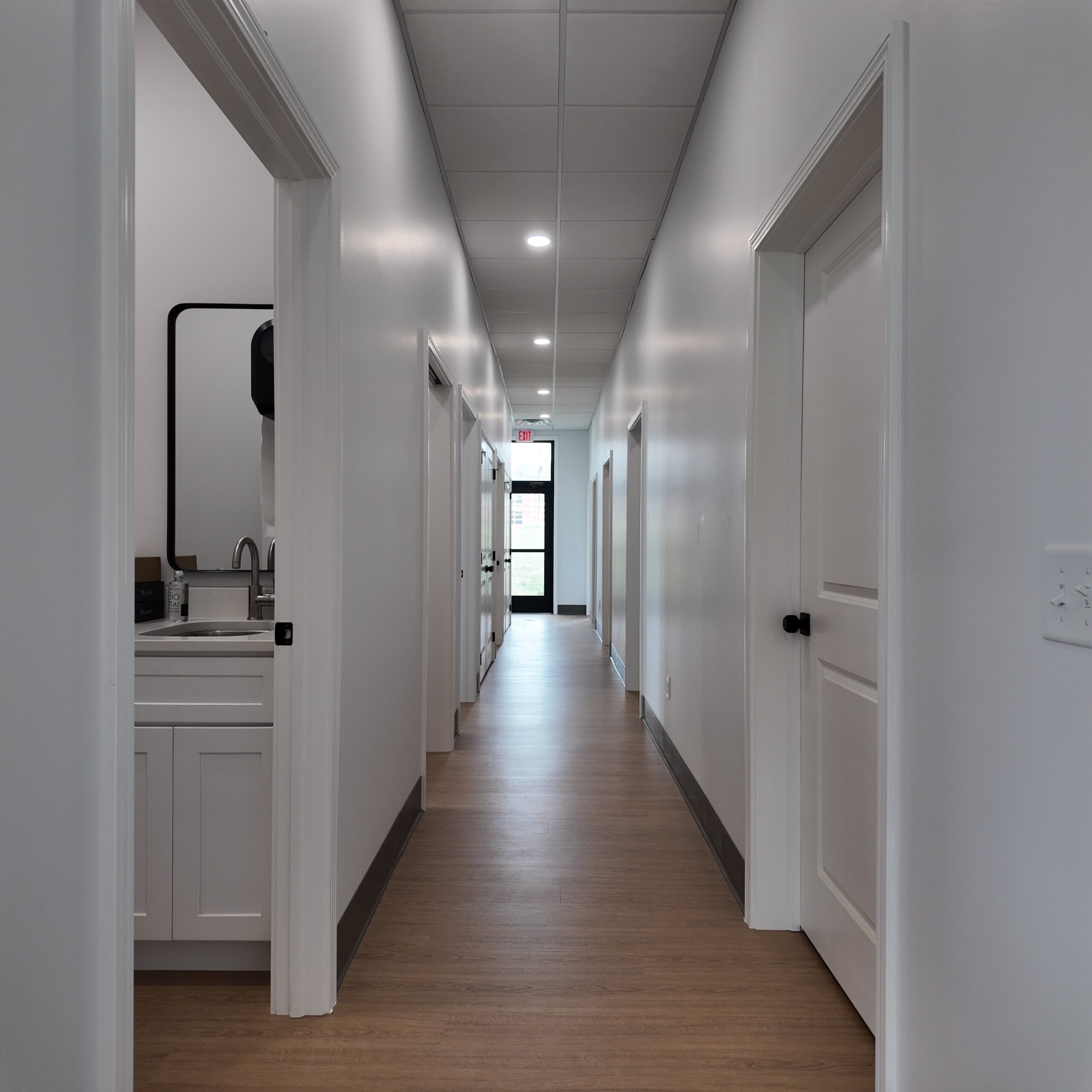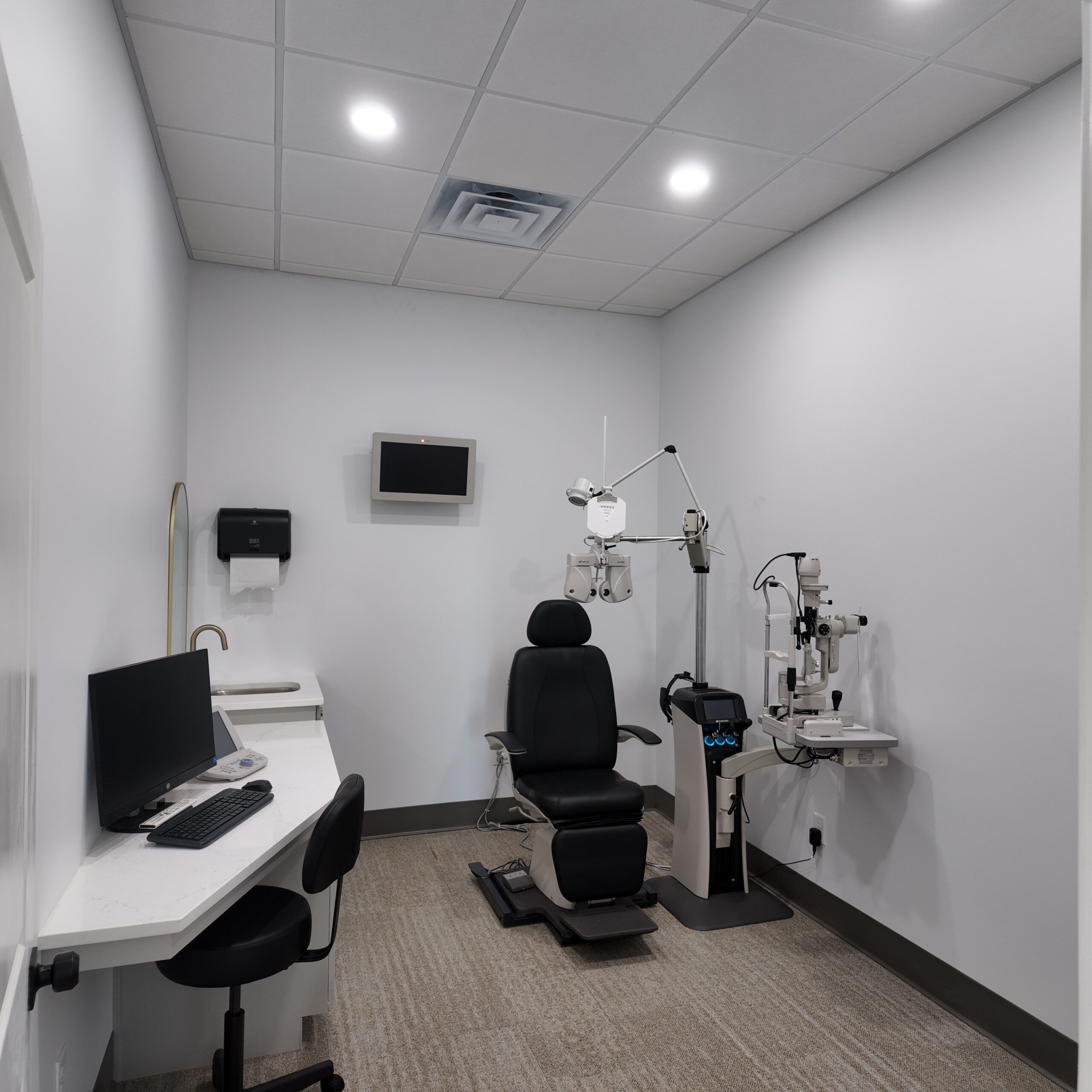The human eye is complicated. Vision changes are common—especially for those living with nearsightedness or farsightedness. Both conditions can cause blurry vision and can make focusing on objects at particular distances much more difficult. But what if you notice symptoms of both?
It is, in fact, possible to be both nearsighted and farsighted. This occurs due to a condition called anisometropia, where each eye has a different refractive error. That is, one eye is nearsighted, while the other is farsighted.
However, anisometropia is rare, so if you notice significant changes in your vision, visit your optometrist as soon as you can for an eye exam.
What Is Nearsightedness?
Nearsightedness, or myopia, is a common eye condition. It occurs when your eye develops an unusual shape—either it grows too long or the cornea is curved incorrectly. This shape changes how light reaches the retina. Objects become blurrier the further they are from the eye, while nearby objects remain clear.
Myopia is extremely common, and rates are on the rise. It develops due to a mix of genetic, environmental, and lifestyle factors. Myopia typically begins developing in early childhood and tends to cause symptoms like:
- Struggling to see objects far away while up-close objects remain clear.
- Squinting to improve focus or clarity.
- Experiencing frequent headaches or eye strain.
- Sitting very close to screens or holding books and phones near your face.
Eventually, the eye stabilizes in early adulthood, after which vision stays mostly the same over the years.
What Is Farsightedness?
Farsightedness, or hyperopia, works in the opposite way. With this condition, close objects appear blurry, but things farther away are clearer. Hyperopia is caused when the eye focuses light behind the retina instead of directly on it due to the eye growing too short.
People with farsightedness may notice symptoms like:
- Difficulty focusing on tasks like reading or writing.
- Eye strain or a burning sensation in the eyes, especially after close work.
- Headaches that develop during or after focusing on tasks that require near vision.
These symptoms typically show up in early childhood. As a child’s eyes develop, their vision will change, then stabilize in early adulthood.
While hyperopia is often inherited, age-related changes in the lens of the eye can also contribute to farsightedness. This condition, called presbyopia, is distinct from hyperopia in that it involves a stiffening of the lens of the eye, but it also makes focusing on close-up objects more difficult.
Anisometropia: What Is It?
Sometimes, the eye develops unexpectedly. One eye may grow too long while the other doesn’t grow enough. This can lead to a mix of symptoms of both nearsightedness and farsightedness.
This is a condition called anisometropia. There are 3 types of anisometropia:
- Simple, where one eye develops normally and the other has a refractive error
- Compound, where both eyes have the same type of refractive error but one eye has noticeably worse vision
- Mixed, where each eye has a different refractive error (nearsightedness or farsightedness)
No matter what specific type of anisometropia is at play, this imbalance in visual clarity can create challenges.
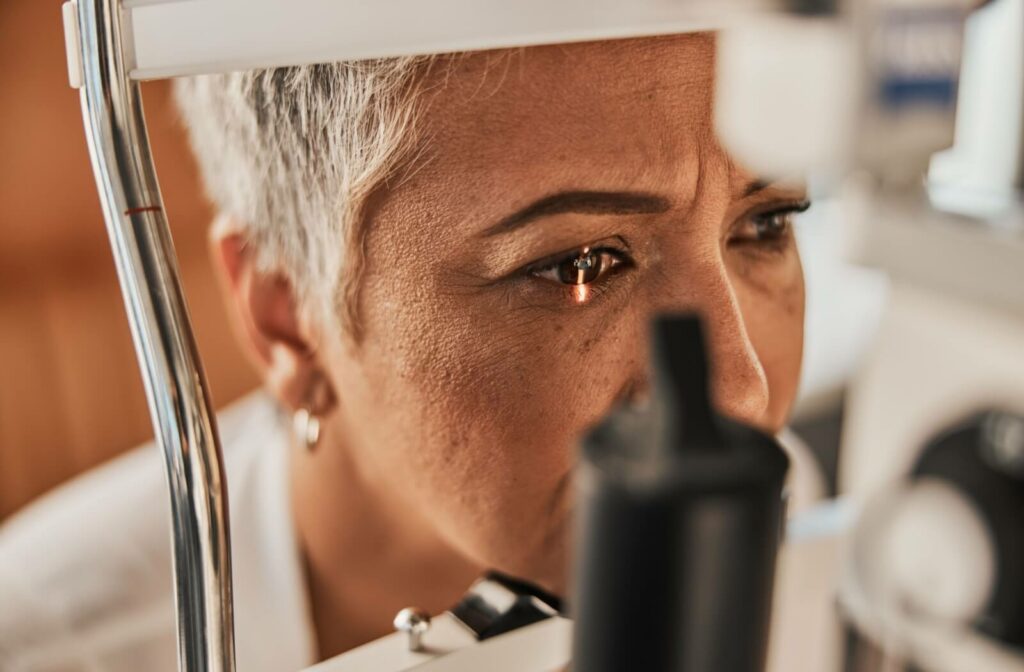
Symptoms of Anisometropia
With anisometropia, both eyes process visual information differently. The brain struggles to merge both images together, which can lead to:
- Double vision or difficulty focusing.
- Increased strain or fatigue in one eye compared to the other.
- Frequent headaches, especially after using your eyes for extended periods.
Fortunately, anisometropia is treatable with early intervention. An optometrist can prescribe prescription lenses designed to balance the difference in refractive power of each eye. In some cases, they may even recommend corrective surgery to restore vision.
Can Vision Improve Over Time?
Your eyesight isn’t static. It can naturally change for better or worse over the years. While some conditions, like presbyopia, worsen with age, other vision changes can also develop.
However, any significant changes are unusual. Your vision should not change drastically as an adult. Usually, your vision should stay mostly the same after your mid-20s, so watch out for anything unusual like:
- Sudden blurry or distorted vision
- Double vision or seeing halos around lights
- Persistent eye pain or discomfort
- Frequent flashes of light or floating spots in your vision
- Unexplained loss of peripheral vision
- Difficulty focusing or sudden onset of headaches accompanying vision changes
These all indicate the development of a serious eye condition. Immediate intervention could be key to preserving vision, so make sure to pay attention to significant vision changes. The human eye is complicated, but early intervention is key to keeping your vision clear.
Book Your Next Eye Exam Today
Visual changes are a normal part of life—whether they’re due to myopia, hyperopia, or anisometropia. However, your eyes are precious, so don’t ignore the signs that something is wrong.
If you experience significant changes in your vision or any other unusual eye-related symptoms, contact our team at Insights Optical. We’re here to help keep your vision clear, so book an appointment with us today!



